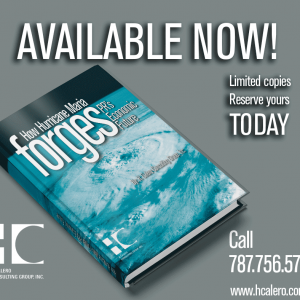
October 1999: The Contribution of International Banking to PR
As time goes by, the international or offshore banking plays an important role in a country`s financial development. Puerto Rico is no exception and has hitched on to this bandwagon. But, how effective have IBEs been since the law was amended in 1989? The emergence of financial institutions that establish their operations outside their home country is supposed to help the host country attain more economic development. Has the opening of subsidiaries in Puerto Rico by offshore institutions generated more jobs? Are the jobs created more sophisticated, highly skilled, and technologically oriented? Find out what has been the contribution of these entities to PR.







